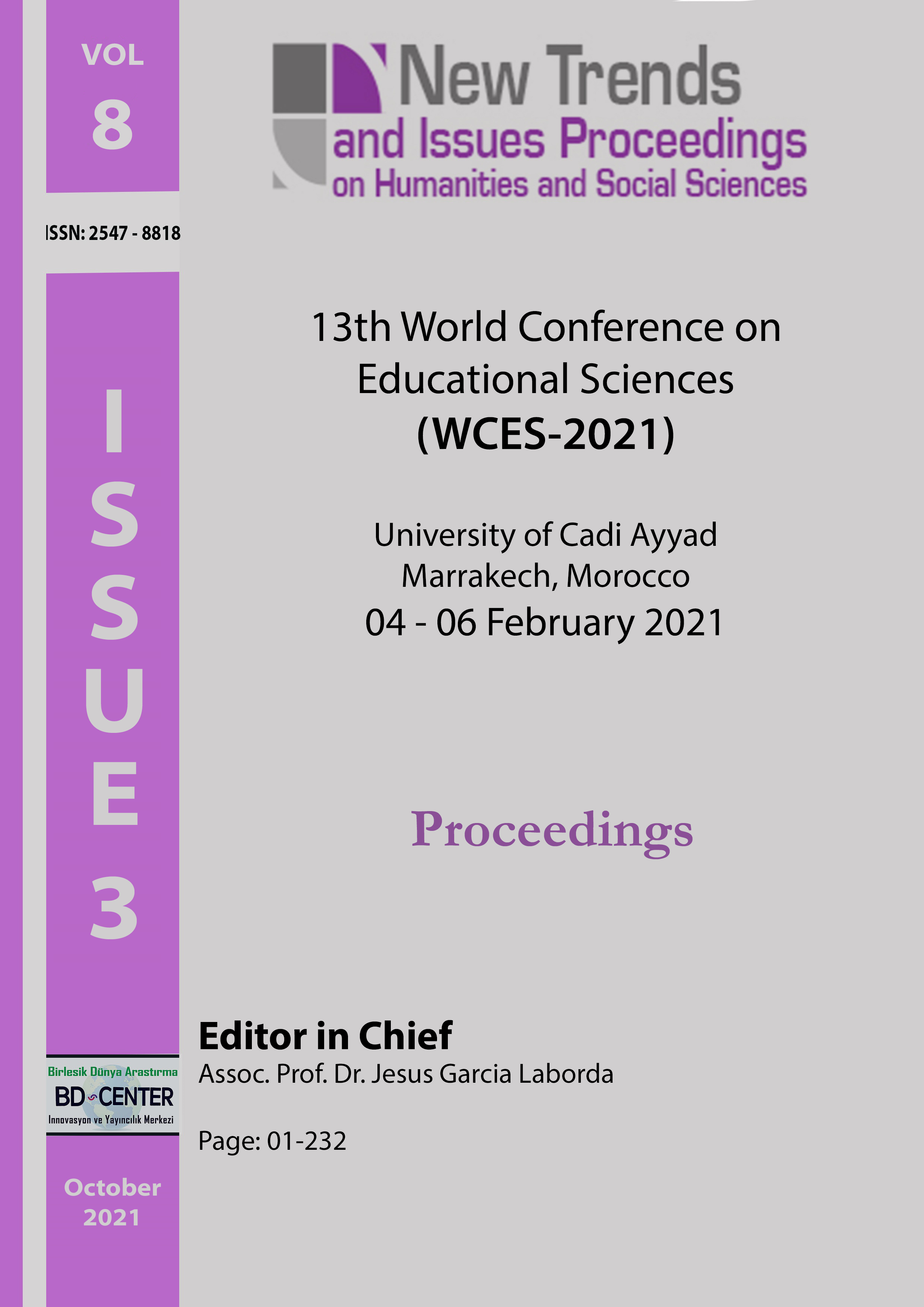Assessing teaching competency of academic staff at university level: Are we competent?
Main Article Content
Abstract
The purpose of study is to assess the teaching competence of faculty members who are applying for a job at university from both Board of Examiners and Invitees perspectives. This qualitative study was conducted using non-guided content analysis. Data were collected via semi-structured interviews with 22 expert Board of Examiners. In addition, 22 applicants for faculty recruitment who achieved the required score for participation in the 'teaching competence evaluation' station were enrolled in the study. Data analysis was performed using the step-by-step method and Strauss and Corbin analytic techniques. The finding was classified into three main categories of before, during, and after teaching. We extracted 52 indices, 10 subcategories, five general categories, and three main categories, which were formulated based on the teaching competence of the faculty members from the perspective of the board of examiners. the results could be used for the recruitment of capable faculty members.
Keywords: Teaching Competence, Higher Education, Faculty Members, Academic staff, University level
Downloads
Article Details

This work is licensed under a Creative Commons Attribution 4.0 International License.
Authors who publish with this journal agree to the following terms:- Authors retain copyright and grant the journal right of first publication with the work simultaneously licensed under a Creative Commons Attribution License that allows others to share the work with an acknowledgement of the work's authorship and initial publication in this journal.
- Authors are able to enter into separate, additional contractual arrangements for the non-exclusive distribution of the journal's published version of the work (e.g., post it to an institutional repository or publish it in a book), with an acknowledgement of its initial publication in this journal.
- Authors are permitted and encouraged to post their work online (e.g., in institutional repositories or on their website) prior to and during the submission process, as it can lead to productive exchanges, as well as earlier and greater citation of published work (See The Effect of Open Access).
